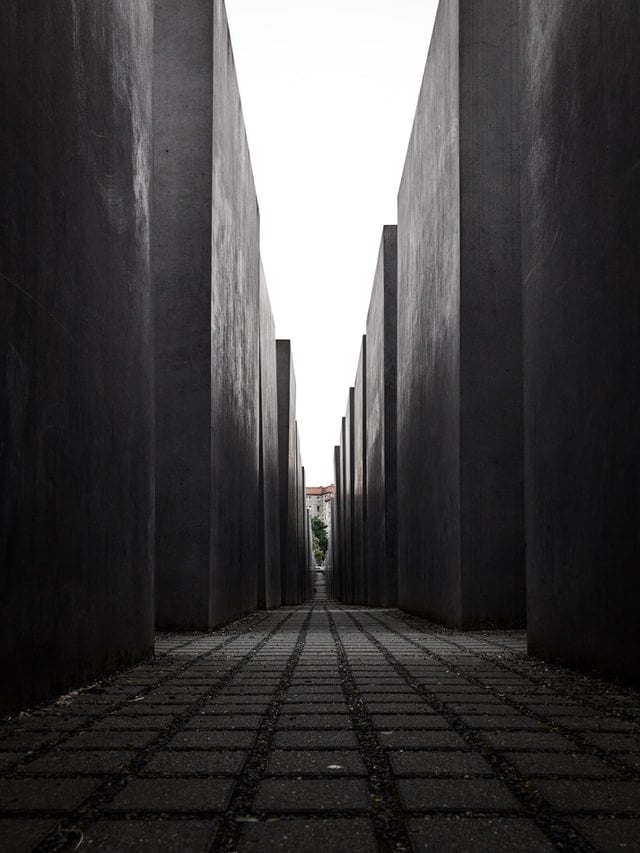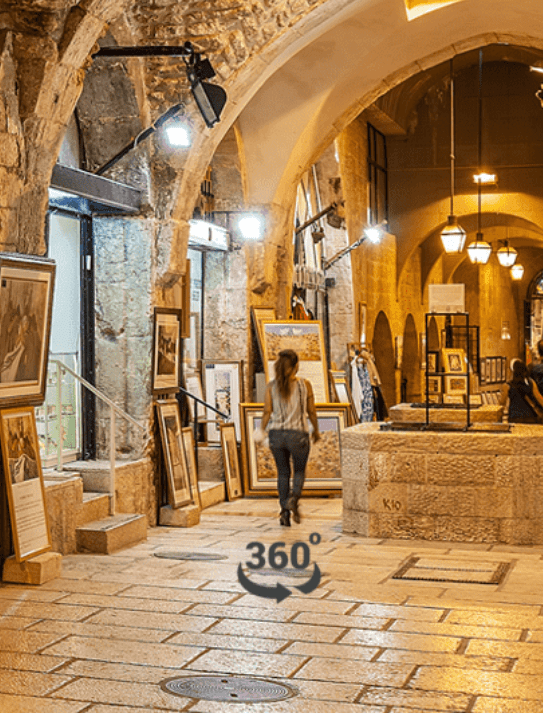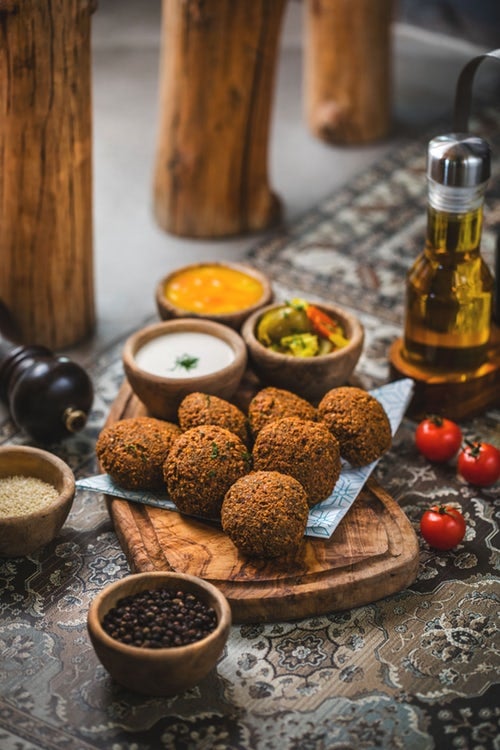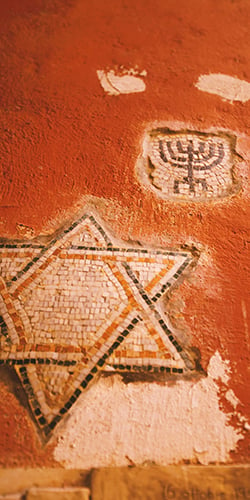Quba Khanate (Guba) was ruled by Hussein Ali Khan in the 18th century. Under his rule, the capital was moved from Khudat to Quba which strengthened the economic foundation of his khanate. This included bringing in many craftsmen and tradesmen, many of whom were Mountain Jews from the destroyed settlement of Kulqat. They established a new settlement known as Qirmizi Qasaba (Red Town), which developed rapidly during the reign of the succeeding ruler of Quba, Fatali khan. Fatali khan joined south Dagestan and the entire north east of Azerbaijan under his state.
As a result of the economic rise and the friendly attitude towards Jews, the Jewish population of Qirmizi Qasaba, a small village in Quba, was rapidly increasing. Groups of Jews were coming here from different parts of Azerbaijan, as well as Iran, Turkey and Dagestan. Thus, the population of Qirmizi Qasaba was 3,000 in 1856, 5,120 in 1873,...















